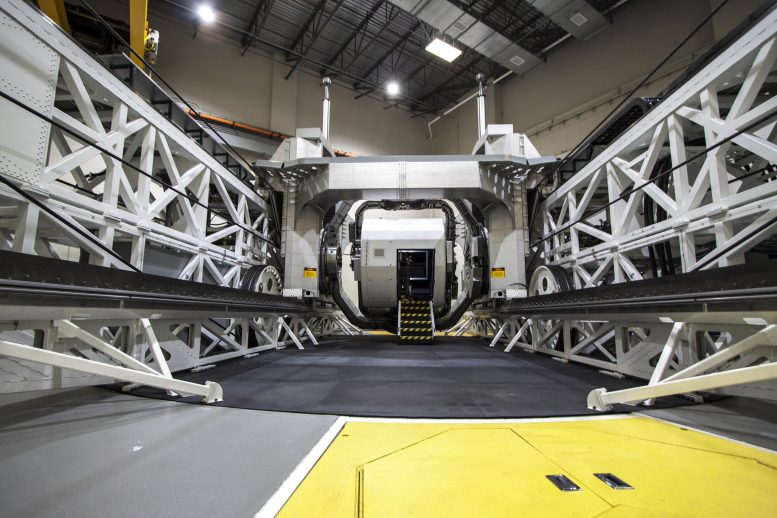
A view of the cockpit of the Kraken, a device that can be configured to disorient those strapped inside. The parallel tracks on the left and right allow the cockpit to lurch forward and backward while it independently spins. Credit: U.S. Navy
NASA is collaborating with the U.S. Navy to use the Navy’s Kraken machine to study motion sickness in astronauts and develop possible mitigation strategies. The research could also potentially inform treatments for balance issues in patients on Earth.
A monster of a machine is now allowing NASA scientists to study on Earth the disorientation that astronauts may encounter in space.
This machine is the U.S. Navy’s Kraken, a device that can vigorously spin occupants like laundry churning in a washing machine. A new collaboration with the Navy will allow NASA scientists to use the Kraken to build strategies that aim to ease motion sickness. Such strategies may not only help astronauts but could also offer treatment options for patients with balance issues here on Earth.
Astronauts may experience motion sickness on their launch into space and on their return to Earth. Symptoms include dizziness, nausea, and vertigo – a feeling of spinning – which can make it difficult to carry out mission-critical tasks when landing or exiting spacecraft.
“Shortly after liftoff in the space shuttle, I felt like I was on a merry-go-round as my body hunted for what was up, down, left, and right,” said NASA astronaut Douglas Wheelock. “Crew must prepare for the confusion that they will likely undergo during these gravitational transitions.”
Enter the Kraken, a 50-foot-long, 100-ton platform at Wright-Patterson Air Force Base near Dayton, Ohio. It can be configured to replicate different types of flight to disorient occupants through sudden shifts in roll, pitch, and yaw, superimposed onto horizontal and vertical lurches. A spaceflight setting on the Kraken will allow NASA scientists to study whether a specific technology, coupled with head movements, may help soothe the motion sickness experienced by some astronauts.
Step inside the Kraken, a disorientation device run by the U.S. Navy that NASA will use to test whether certain head movements can soothe motion sickness. Credit: U.S. Air Force
“The first time I saw the Kraken in person, I was impressed by how large and agile the machine is,” said Laura Bollweg, who manages astronaut health research at NASA’s Johnson Space Center in Houston. “With the ability to move six directions on its axis, the device can simulate complex flight scenarios that are difficult to recreate on Earth, including landing scenarios that could induce vertigo and nausea.”
In an upcoming study, NASA and Navy scientists will recruit 24 active duty service members to ride in the Kraken for 60 minutes. The Kraken will then spin them at accelerations reaching three times the force of gravity to simulate what astronauts experience when they first return to Earth.
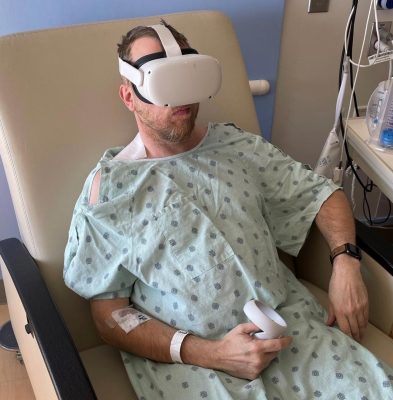
A patient experiencing balance issues wears video goggles for measuring head and eye movements. The dial he’s holding allows him to rate his levels of motion sickness as he tests out different head motions. A similar setup will be used on riders just after they exit the Kraken. Credit: Johns Hopkins University
Upon exiting the machine, 12 volunteers will perform prescribed head turns and tilts while wearing video goggles that track their head and eye movements. The technology will capture measurements associated with motion sickness, including how much participants blink as well as changes to heart rate. The volunteers will also respond to real-time questions about how disorientated and sick they feel.
The remaining Kraken riders will not perform any head movement protocols. All volunteers will then complete four tasks – they’ll test their balance standing on foam with eyes open and closed, their speed on a nearly 33-foot (10-meter) walk, their endurance on a two-minute walk, and the length of time they take to finish a standing and walking test that includes stepping over an obstacle. Normally these tasks would be easy, but after the ride, dizziness and poor balance may make them take longer.
“Anecdotes from astronauts suggest that performing slight head movements helps them recover a sense of balance more quickly,” said study lead Michael Schubert, a neurophysiologist at Johns Hopkins University in Baltimore, Maryland. “Tests with the Kraken will allow us to rigorously determine what head movements, if any, help astronauts to quickly recover their sense of balance.”
If verified, astronauts could adopt specific protocols to help them quickly adapt to gravitational changes during spaceflight, including on longer and more distant missions, said Schubert.
As part of a two-pronged strategy, Schubert’s team also aims to see if the head motions can help patients with balance issues. Apart from riding in the Kraken, 24 civilian patients will attempt to complete the same four tasks performed by service members. Half will perform the same set of head motions beforehand, and the other half won’t.
These patients have had tumors removed from their inner ears, a process which includes cutting a nerve central to maintaining balance. As a result, the patients often endure dizzy spells and vertigo. “Confirming that the head movements help patients in this study may allow NASA and the Navy to play a vital role in bringing a new set of therapies to the public,” said Schubert.
“This study renews a partnership between our laboratory and NASA, tracing back to the space program through the 1960s and 1970s,” said Richard Arnold, director of the Naval Aerospace Medical Research Laboratory in Dayton, Ohio, the organization that operates the Kraken. “We are excited to build on previous collaborations by addressing motion issues faced by both Naval aviators and NASA astronauts.”
NASA’s Human Research Program, or HRP, pursues the best methods and technologies to support safe, productive human space travel. Through science conducted in laboratories, ground-based analogs, and the International Space Station, HRP scrutinizes how spaceflight affects human bodies and behaviors. Such research drives HRP’s quest to innovate ways that keep astronauts healthy and mission-ready as space travel expands to the Moon, Mars, and beyond.



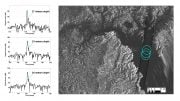
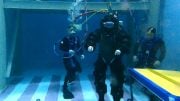
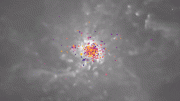
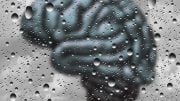
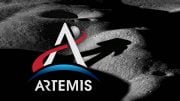

Be the first to comment on "A Monster of a Machine: NASA Harnesses US Navy’s Kraken Device To Simulate Spaceflight"